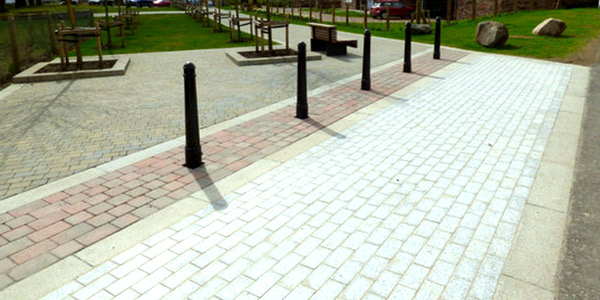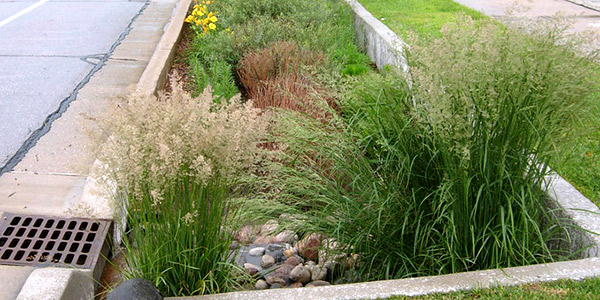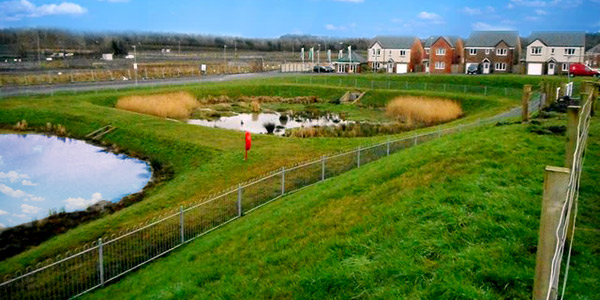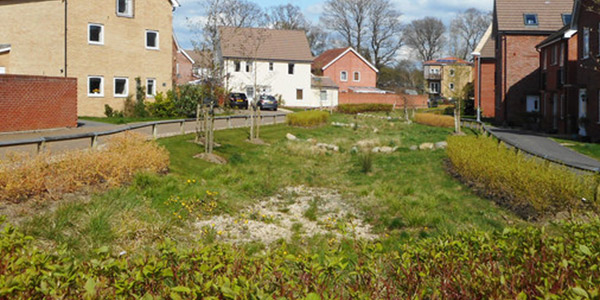EXPERIENCE
Working with MRMS
We guarantee the highest quality of service and safety at all times.
- Years of Experience
- Highly Skilled Specialists
- Fast Response Times
- Latest Technologies & Equipment
- Efficient and Cost Effective Solutions
- Full Regulatory Compliance
We guarantee the highest quality of service and safety at all times.
- Years of Experience
- Highly Skilled Specialists
- Fast Response Times
- Latest Technologies & Equipment
- Efficient and Cost Effective Solutions
- Full Regulatory Compliance






